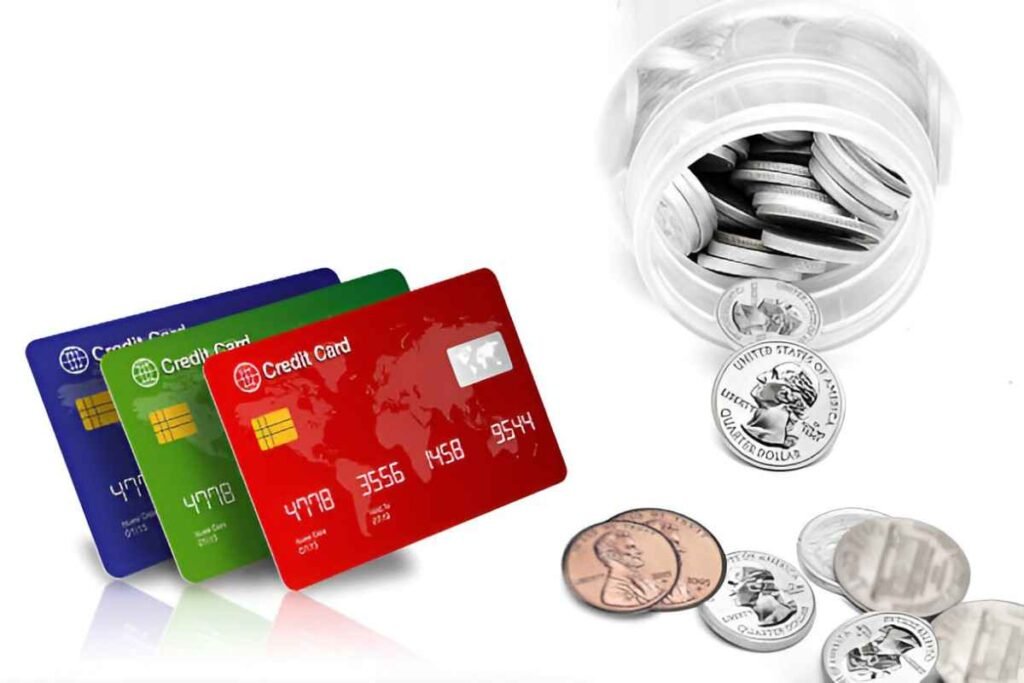Credit cards can offer teenagers financial independence and an opportunity to build good money habits early. But they also come with risks if not managed properly. As a parent or guardian, it’s essential to understand how credit cards work for teenagers, their benefits, and their potential downsides. In this guide, I’ll cover everything you need to know about choosing the right credit card for your teenager.
Table of Contents
Why Consider a Credit Card for Your Teenager?
Introducing a credit card to a teenager can serve multiple purposes. It helps them develop financial responsibility and provides a safety net in emergencies. Many parents worry about overspending, but with the right approach, a credit card can teach budgeting, discipline, and smart spending habits.
Here are some key reasons to consider getting a credit card for your teenager:
- Financial Education: A credit card can help teenagers learn about interest rates, credit scores, and responsible spending.
- Emergency Access: In unexpected situations, a credit card can provide immediate financial support.
- Building Credit History: A teenager can start building their credit score early, which will be beneficial for future financial milestones.
- Parental Monitoring: Most credit cards allow parents to track spending, set limits, and receive notifications.
Types of Credit Cards Available for Teenagers
Teenagers can’t typically get a credit card on their own, but they have several options with parental involvement. Below are the most common types available:
1. Authorized User on Parent’s Credit Card
This option allows a teenager to use an existing credit card under the parent’s account. The parent remains legally responsible for the balance, but the teenager can make purchases and build credit.
Pros:
- Builds credit history early
- Spending can be monitored
- Lower risk of misuse
Cons:
- Parents are liable for any overspending
- Potential damage to parent’s credit if misused
2. Student Credit Cards
Some financial institutions offer student credit cards with lower credit limits and simplified terms. These cards are designed to help young adults manage their finances responsibly.
Pros:
- Lower credit limits reduce risk
- Often come with educational resources
Cons:
- Limited rewards and benefits
- May require proof of student status
3. Secured Credit Cards
A secured credit card requires an upfront security deposit, which usually determines the credit limit. This type is great for teenagers with no credit history.
Pros:
- Helps build credit safely
- Reduces the risk of overspending
Cons:
- Requires an upfront deposit
- Limited spending power
4. Prepaid Cards
While not technically a credit card, prepaid cards allow teenagers to spend only what is loaded onto the card. They offer a way to manage spending without accumulating debt.
Pros:
- No risk of debt
- Easy to manage and monitor
Cons:
- No credit-building benefits
- May come with fees
Comparing Credit Card Options for Teenagers
| Type | Builds Credit | Spending Limit | Parental Control | Risk Level |
|---|---|---|---|---|
| Authorized User | Yes | Shared Limit | Yes | Moderate |
| Student Credit Card | Yes | Low | Limited | Moderate |
| Secured Credit Card | Yes | Deposit-Based | Yes | Low |
| Prepaid Card | No | Preloaded Funds | Yes | Very Low |
How to Choose the Right Credit Card
Selecting the best credit card for a teenager requires careful consideration of their spending habits and financial maturity. I recommend considering the following factors:
- Credit Limit: A lower credit limit reduces the risk of overspending.
- Fees and Interest Rates: Look for cards with no annual fees and lower interest rates.
- Parental Controls: Choose a card that offers spending notifications and limits.
- Credit-Building Potential: If building credit is a priority, avoid prepaid cards.
Responsible Credit Card Use for Teenagers
Educating teenagers on responsible credit card use is crucial. Here are some tips to ensure they manage their card wisely:
- Set Clear Spending Rules: Establish what expenses the credit card can be used for, such as school supplies or emergencies.
- Pay the Balance in Full: Teach your teenager to pay off the balance each month to avoid interest charges.
- Monitor Statements Together: Review monthly statements to track spending and identify any concerning trends.
- Explain Interest and Fees: Make sure they understand how interest accumulates if they carry a balance.
Example of Responsible Usage
Let’s assume a teenager has a secured credit card with a $500 limit. They use the card for monthly expenses like:
| Expense Category | Amount Spent |
|---|---|
| Transportation | $100 |
| School Supplies | $150 |
| Entertainment | $50 |
| Total | $300 |
If they pay the full $300 balance at the end of the month, they avoid interest and build a positive credit history.
Common Mistakes to Avoid
Teenagers new to credit cards often make mistakes. Some of the most common ones include:
- Spending Beyond Their Means: It’s easy to treat a credit card as free money, leading to debt.
- Ignoring Due Dates: Late payments result in fees and negatively impact credit scores.
- Only Paying the Minimum: Carrying a balance accrues interest and prolongs debt.
- Not Checking Statements: Fraudulent charges can go unnoticed if statements aren’t reviewed regularly.
Conclusion
Credit cards can be a useful financial tool for teenagers if used responsibly. The right type of card, combined with financial education, can help teenagers build healthy money habits and credit history. Whether choosing an authorized user approach or a secured card, it’s essential to monitor usage and set clear expectations. By doing so, you can ensure your teenager gains financial independence while staying on the right financial track.





